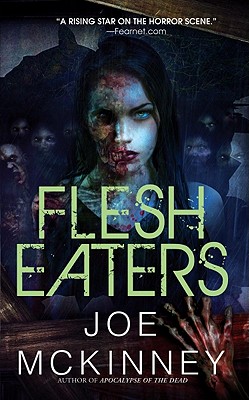Zero Fantasy
Ten thousand gallons of virtual ink have already been spent on the subject of cliché elves’n’dwarves’n’rogues’n’rangers fantasy. But here’s a few droplets that I think are worth noting.

Ben “Yahtzee” Croshaw, for those not fully assimilated into the etherium of the web, is a popular reviewer of games and maker of funny videos. He’s also the author of Mogworld, which I haven’t read. Anyway, in his recent video review of the fantasy RPG Kingdoms of Amalur, he introduces a point which he expands on in the first few paragraphs of this essay. Why does fantasy, theoretically the genre of limitless possibilities, so often fall back on the same stock elements (elves, dwarves, pseudo-Europe, fireballs, etc.)?
Now, here’s the thing: I think Yahtzee is largely arguing against a historical problem, at least when it comes to books. Gaming may be different, with Dragon Age, Skyrim, and World of Warcraft riding high on a post-Tolkien wave of their own. But when it comes to books, I’m honestly not seeing much of the cliché elf and dwarf pie being produced.
There are certainly shared universes, whether they be roleplaying settings like Pathfinder or Eberron, or the enormous line of Black Library titles for Warhammer and Warhammer 40K, but they don’t make any claims to originality of setting or trapping. Many of those books tell great stories with memorable characters, but they do so with familiar elements and surroundings, and pretend to do more. There’s something comforting about that, actually, and I rather enjoyed the only Pathfinder novel I read.
But in the wider world of fantasy, I’m just not seeing a glut of elves and dwarves or anything that’s recognizably derived from D&D. I’m seeing Brandon Sanderson, Jim Butcher, Brent Weeks, and Harry Conolly, James Enge and John C. Wright and Scott Lynch. Well, okay, Enge has dragons and dwarves, but no one would mistake Morlock’s world for Forgotten Realms.
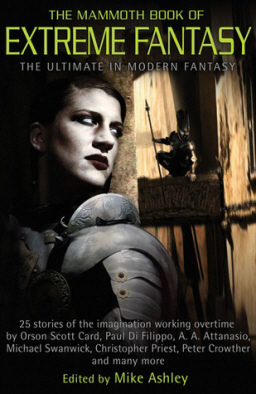
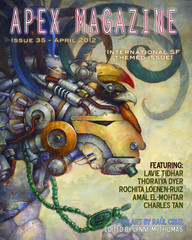 This month’s Apex Magazine is a special international themed issue, featuring ”Love is a Parasite Meme” by Lavie Tidhar (who is interviewed by Stephanie Jacob) and ”The Second Card of the Major Arcana” by Thoraiya Dyer; the classic reprint is “Alternate Girl’s Expatriate Life” by Rochita Loenen-Ruuize.
This month’s Apex Magazine is a special international themed issue, featuring ”Love is a Parasite Meme” by Lavie Tidhar (who is interviewed by Stephanie Jacob) and ”The Second Card of the Major Arcana” by Thoraiya Dyer; the classic reprint is “Alternate Girl’s Expatriate Life” by Rochita Loenen-Ruuize.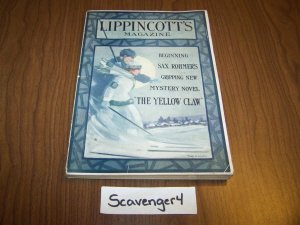
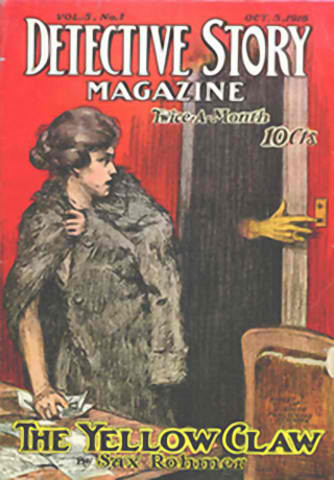
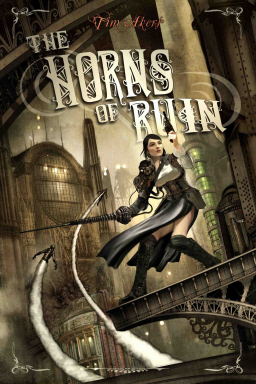
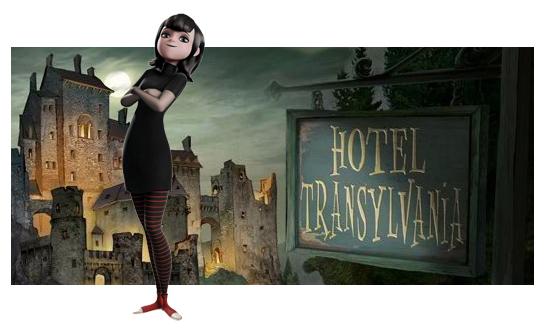
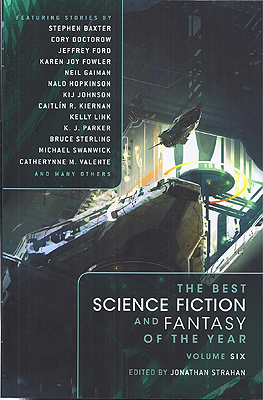
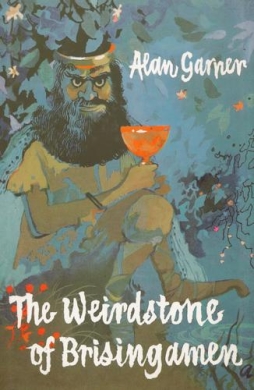 In mid-March the news emerged that writer Alan Garner was returning to the storylines of his first two books, The Weirdstone of Brisingamen and The Moon of Gomrath. His next novel, Boneland, to be published this August, will complete the trilogy he’d always envisioned. Garner
In mid-March the news emerged that writer Alan Garner was returning to the storylines of his first two books, The Weirdstone of Brisingamen and The Moon of Gomrath. His next novel, Boneland, to be published this August, will complete the trilogy he’d always envisioned. Garner 